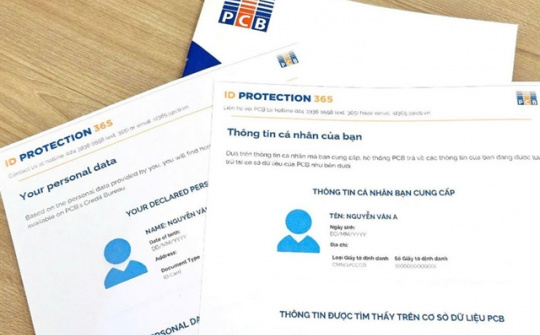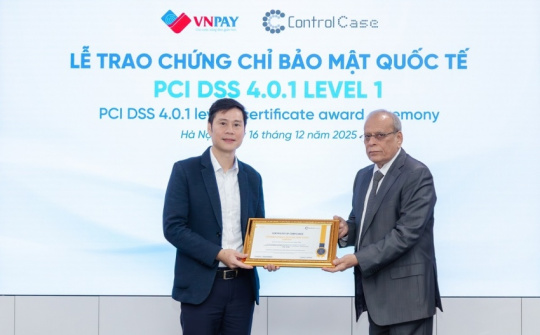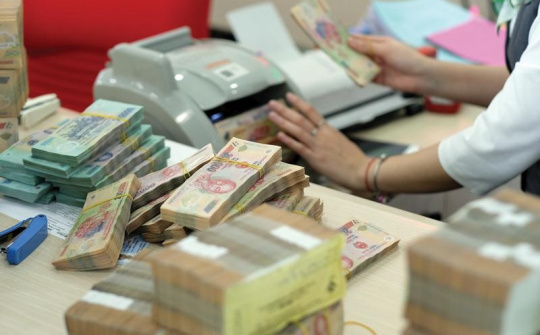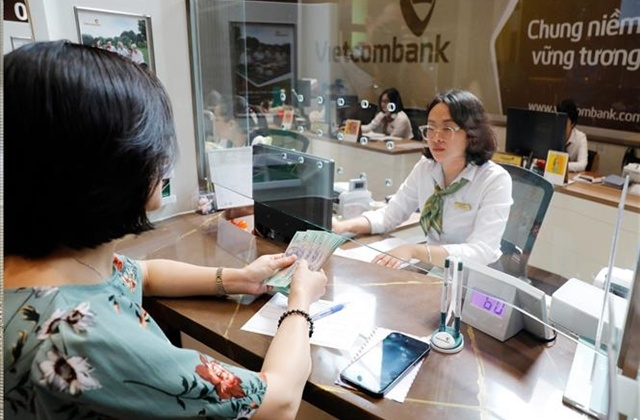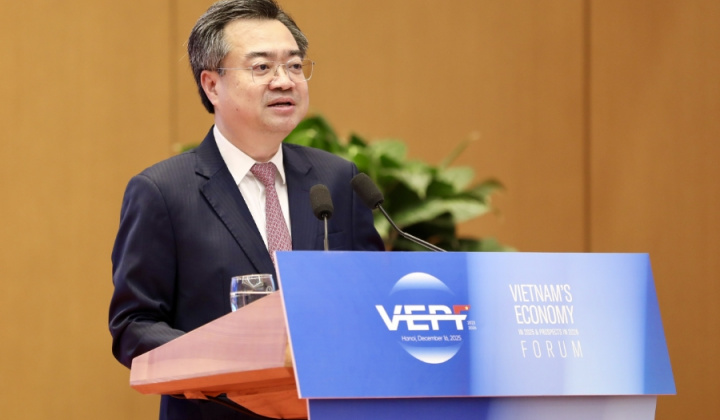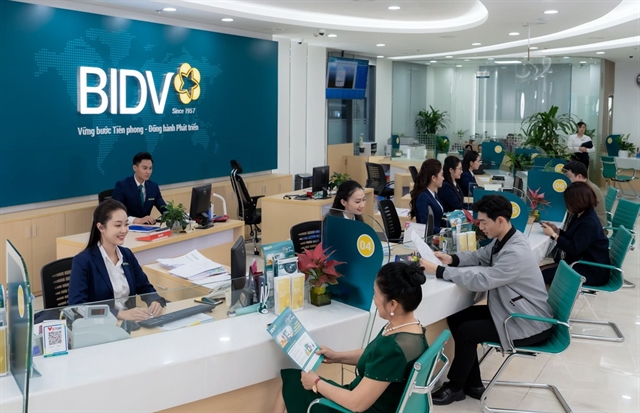Key rating drivers
State Support Drives IDR: VietBank's Long-Term IDR is driven by its GSR. This is based on our view of the state's strong propensity to support the banking system in light of the sector's high importance to the economy. Nevertheless, we believe Vietnam's large banking system relative to the economy and VietBank's moderate systemic importance, as indicated by its deposit market share of less than 1%, may render such support less likely than for larger banks in the system in times of stress.

Modest Market Presence: VietBank's VR takes into consideration its modest market presence that limits its pricing power and leads to a higher reliance on price-sensitive deposits for funding, thereby contributing to profitability that is below that of peers. This is balanced against a loan portfolio with a high proportion of secured lending that has kept impairment losses relatively manageable over economic cycles. The VR also reflects the bank's thin capital buffers, though we expect this to improve on the back of VietBank's capital raising plans.
Favourable Economic Backdrop: We believe Vietnam's medium-term economic prospects remain promising and set a favourable backdrop for the banking system. The country's GDP expanded by 7.9% in 9M25, following 7.1% growth in 2024.
We believe some of the outperformance is driven by the frontloading of manufacturing and merchandise exports amid global trade tensions, with such activity likely to moderate over the coming months. Nevertheless, the reduction of announced US tariff rates on Vietnamese exports to 20%, from an initial 46%, has eased the risk of a sharper trade contraction.
Small Bank in Vietnam: VietBank's modest market position constrains its pricing power, contributing to its lower-than-average net interest margin over the years. Its competitive positioning is also affected by a high operating cost structure, though we expect this to improve over time as the bank benefits from sustained IT investments and optimises its balance sheet.
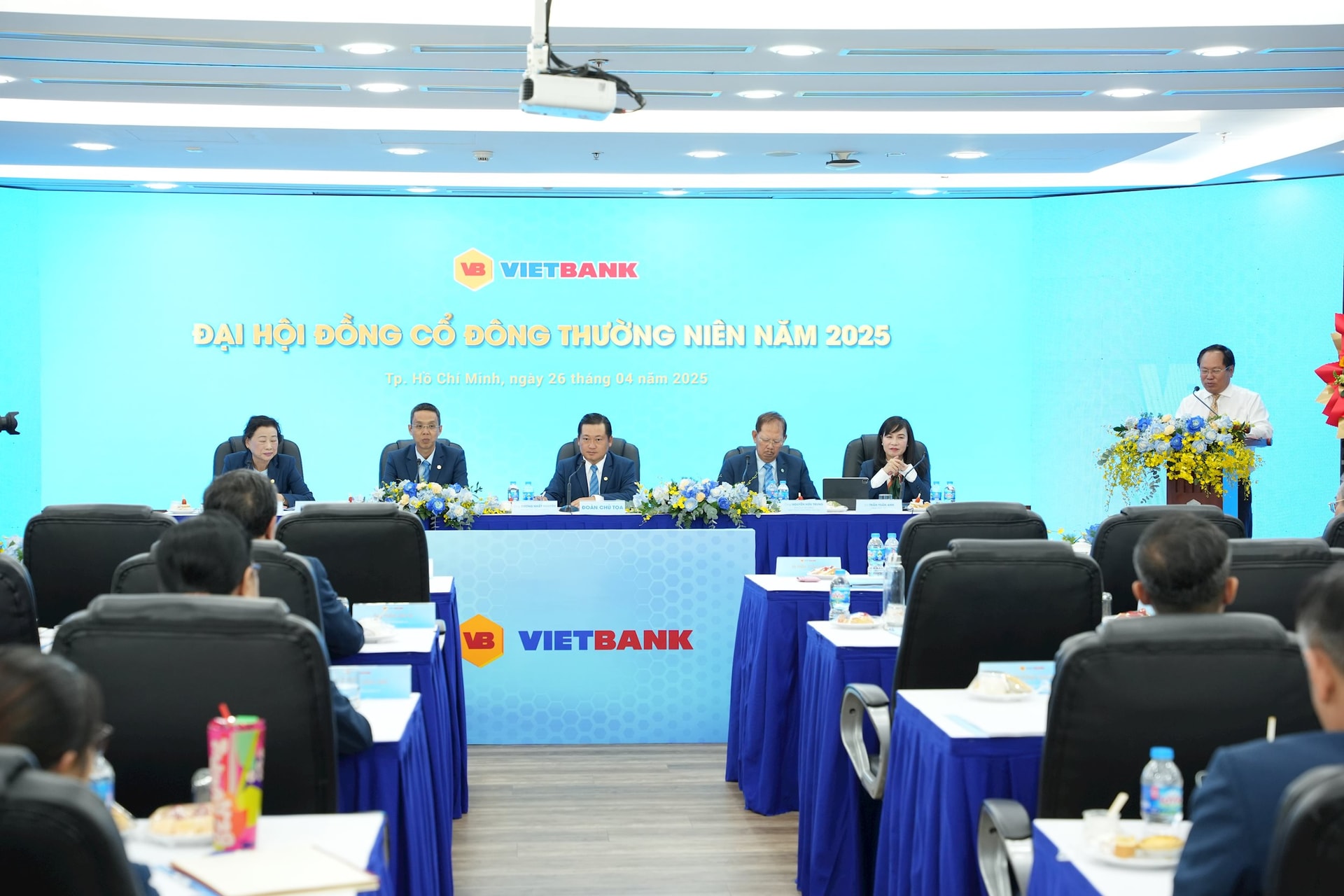
Collateral Mitigates Asset Quality Risk: Our 'b'/stable asset quality and risk profile scores reflect the bank's rapid loan growth targets and focus on smaller business borrowers and higher-risk retail clients relative to large, local Fitch-rated peers. Its non-performing loan ratio lags that of rated local peers, but improved to 2.5% as at June 2025, bringing it in line with that of some smaller banks. Impairment risk should stay manageable, backed by a steady operating environment and a highly collateralised loan portfolio with moderate loan-to-value ratios.
Profitability Reflects Low Margin, High Cost Structure: VietBank's risk-adjusted return is low compared with that of Fitch-rated local banks, due to a narrower net interest margin and less efficient operating cost structure. Its limited fee income contribution and modest market position also increase the bank's vulnerability to changes in funding and interest rate movements. Notwithstanding this, we expect profitability to remain steady over the next 12 months on broadly stable margins and credit costs.
Thinly Capitalisation to Improve: We expect VietBank's capital ratios to improve following a planned rights issuance, though the new capital is likely to be largely consumed by rapid loan growth over the next few years. VietBank's core capitalisation is thinner than that of local rated peers, with a Fitch Core Capital ratio of 6.6% and a tangible common equity/tangible asset ratio of 5.0% as at June 2025. Internal capital generation has generally lagged loan growth, limiting capital accruals in recent years.
Reliance on Price-Sensitive Funding: The majority of VietBank's deposits are in the form of price-sensitive time deposits - a trait shared by many small domestic banks. This renders VietBank more vulnerable to changes in local funding conditions relative to larger peers. Nevertheless, we expect system liquidity to remain conducive in the near term. In addition, the bank's loans/deposits ratio of 85% as at June 2025 reflects a liquid balance sheet.


